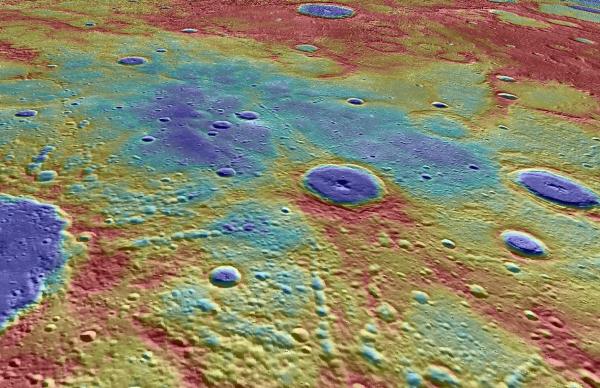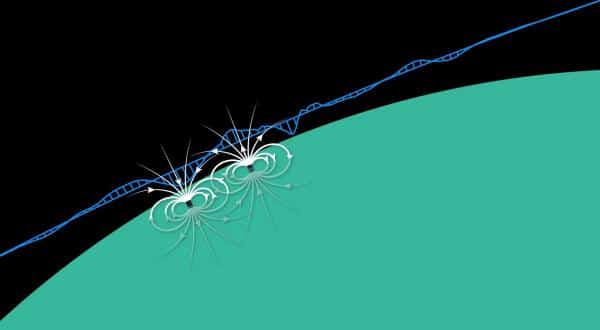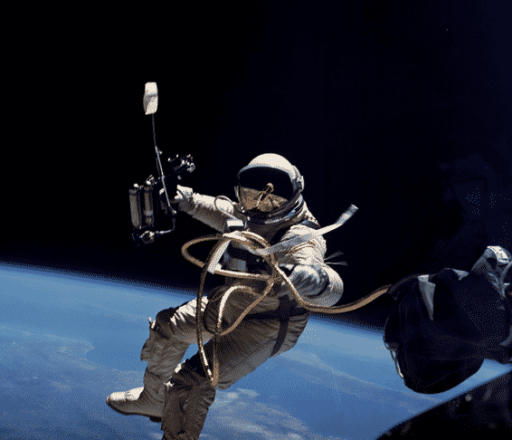MESSENGER, even after its death(heroic pre-planed crash), still solving mystery, still keep answering us the unknown. Now Scientist Catherine Johnson, announced today about the ancient magnetic fields on Mercury.
The short finding of the paper been discussed below.
About 4 billion years ago, Mercury’s magnetic field could have been much stronger than today, as indicated by low-altitude observations made by NASA’s MESSENGER spacecraft that revealed evidence of magnetization of ancient crustal rocks on Mercury.
The MESSENGER spacecraft crashed onto Mercury last week after running out of fuel, but the mission provided a trove of new information on the planet closest to the Sun.
“From MESSENGER and Mariner 10 observations we already knew that Mercury has had a global magnetic field today and 40 years ago,” said Johnson, a senior scientist at the Planetary Science Institute and lead author of “Low-altitude Magnetic Field Measurements by MESSENGER Reveal Mercury’s Ancient Crustal Field,” published today in the journal Science. Johnson is also a Professor of Geophysics at the University of British Columbia, Vancouver.
With MESSENGER orbiting Mercury closer than 100 kilometers from the planet’s surface, the spacecraft’s Magnetometer instrument that measures magnetic field strength and detection was able to resolve signals too small to be detected earlier at higher altitudes. The observed decrease in signal strength measured with changes in altitude from 15 to 80 kilometers confirms that the signals are due to the presence of magnetized crustal rocks, Johnson said.
Mercury is the only inner solar system body other than Earth that currently possesses a global magnetic field generated by a dynamo in a fluid metallic outer core. In Mercury, as in Earth, the outer core is molten iron.
“Magnetized rocks record the history of the magnetic field of a planet, a key ingredient in understanding its evolution,” Johnson said. “We already know that around 3.7 to 3.9 billions years ago Mercury was volcanically and tectonically active. We now know that it also had a magnetic field at around that time.”
“If we didn’t have the recent very low-altitude observations, we would never have been able to discover these signals,” said Johnson. “Mercury has just been waiting to tell us its story.”
Must Know:
MESSENGER (MErcury Surface, Space ENvironment, GEochemistry, and Ranging) was a NASA-sponsored scientific investigation of the planet Mercury and the first space mission designed to orbit the planet closest to the Sun. The MESSENGER spacecraft was launched on August 3, 2004, and entered orbit about Mercury on March 18, 2011 (UTC). After four years in orbit, MESSENGER crashed onto the planet’s surface on April 30, 2015. Sean C. Solomon, the Director of Columbia University’s Lamont-Doherty Earth Observatory, led the mission as Principal Investigator. The Johns Hopkins University Applied Physics Laboratory built and operated the MESSENGER spacecraft and managed this Discovery-class mission for NASA.
Thanks:
1) http://messenger.jhuapl.edu/
2) http://www.psi.edu/news/mercurymagnetism



